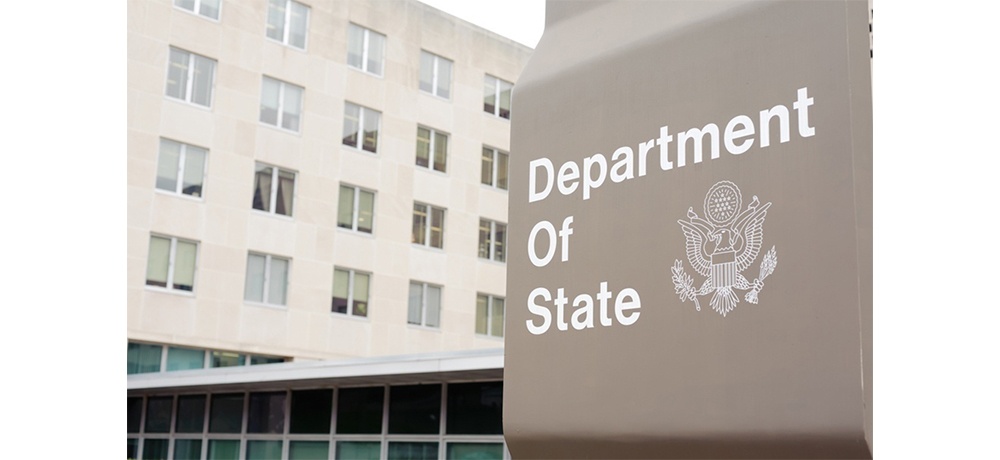
USCIS Makes Major Changes to the EB-5 Immigrant Investor Program
Categories: Attorneys , Business Immigration , Business Law , Citizenship , Citizenship Green Cards , Commercial Litigation , Commercial Transactions , Corporate Law , Green Cards , Immigration Law , International Law , Investment Visas , Law Firm , Lawyers , Legal Services , Real Estate , Software Agreements , Technology Law , Trusts And Estates
Link: https://www.uscis.gov/news/news-releases/new-rulemaking-brings-significant-changes-eb-5-program
Pasricha & Patel Takeaways:
On July 24, 2019, USCIS will publish a final rule that introduces a number of major changes to the EB-5 Immigrant Investor Program. The new changes will become effective on November 21, 2019.
Under the EB-5 program, individuals can apply for conditional lawful permanent resident status in the U.S., if they invest in a commercial enterprise in the U.S. and create (or in some situations), preserve 10 permanent full-time jobs for qualified U.S. workers.
Among the new changes to the EB-5 rules are:
· Increasing the minimum investment amounts:
- The standard minimum investment level will increase from $1 million to $1.8 million
- The minimum amount in the Targeted Employment Area (TEA) designation will increase from $500,000.00 to $900,000.00
§ TEA: Targeted Employment Areas are defined as “a rural area or an area that has experienced high unemployment of at least 150 percent of the national average.”
- The minimum investment amounts will automatically adjust for inflation every five (5) years.
§ TEA (Targeted Employment Area) designation changes:
- Prohibits ‘gerrymandering’ of high-unemployment areas (deliberately manipulating the boundaries of an electoral constituency) by eliminating the state’s ability to designate certain geographic and political subdivisions as high-unemployment areas.
Instead, the Department of Homeland Security will determine such designations directly based on revised requirements in the regulation limitation the composition of census tract-based TEAs.
§ Clarifies USCIS procedures for removing conditions on permanent resident:
- Clarifies that certain derivative family members who are lawful permanent residents must independently file to remove conditions on their permanent residence.
§ It would not apply to those family members who were included in a principal investor’s petition to remove conditions.
- Improves the adjudication process for removing conditions by allowing flexibility in interview locations and adopting the current USCIS process for issuing ‘green cards’.
§ Allows EB-5 petitioners to keep their priority dates:
- Allows for greater flexibility to immigrant investors who have previously approved EB-5 immigrant petition(s). When they need to file a new EB-5 petition, they generally will be able to retain the priority date of the previously approved petition, with some exceptions.
The USCIS points out these changes are needed because the last time there were significant changes to the EB-5 program was back in 1993. And these changes account for inflation (with regards to the minimum investment requirement), and to also promote fairness and consistency, as well as closely follow congressional intent to direct investment to areas that need them the most.
These are changes that will impact those may be contemplating direct investment in the U.S. And within these changes, the USCIS can certainly clarify and/or adjust certain aspects of the EB-5 program on a continual basis. We encourage our readers to stay informed by visiting our site regularly and should you require further assistance, please do not hesitate to contact our office for formal consultation.